One Man’s Trek for Quiet
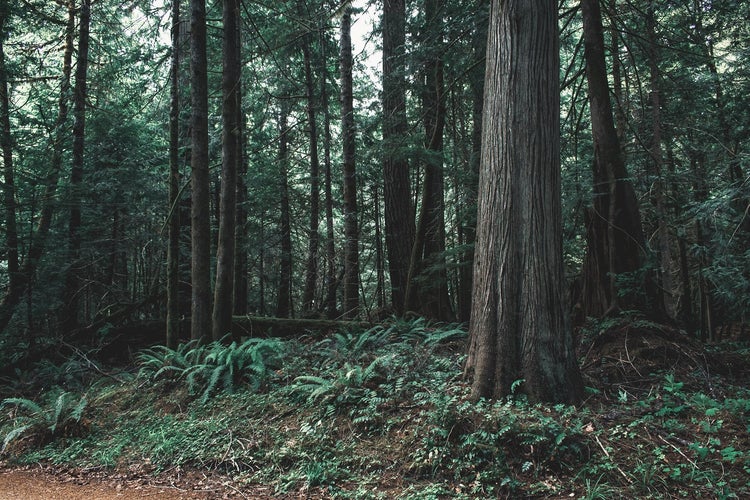
Gordon Hempton hits a fever pitch when he talks about recording quiet places.
The acoustic ecologist likens his work to that of classic landscape photographers: His art takes place in a specific location. If the sound is not right at the beginning, that’s OK. He’s willing to wait. Gathering just the right soundscape is time-consuming and requires one to be thoughtful and to be a planner.
Like a landscape photographer, Hempton needs to be precise in terms of where he places his recording device—a binaural microphone system that looks like a mannequin head and replicates the 3-D hearing that humans have. As you might notice when you’re trying to listen to something, any slight tilt of your head up or down or turning directions dramatically changes the sound. Imagine Ansel Adams tilting his camera up or down as he captured one of his many iconic Yosemite Valley photos such as ”Moon Over Half Dome.” Changing directions changes the lighting of a scene.
But that’s where the similarity to photography ends, Hempton says. Photographers can crop out unsightly scenery such as power lines by moving closer to a scene or finding another side and waiting for lighting. “There is no other side in sound portraits,” he says.
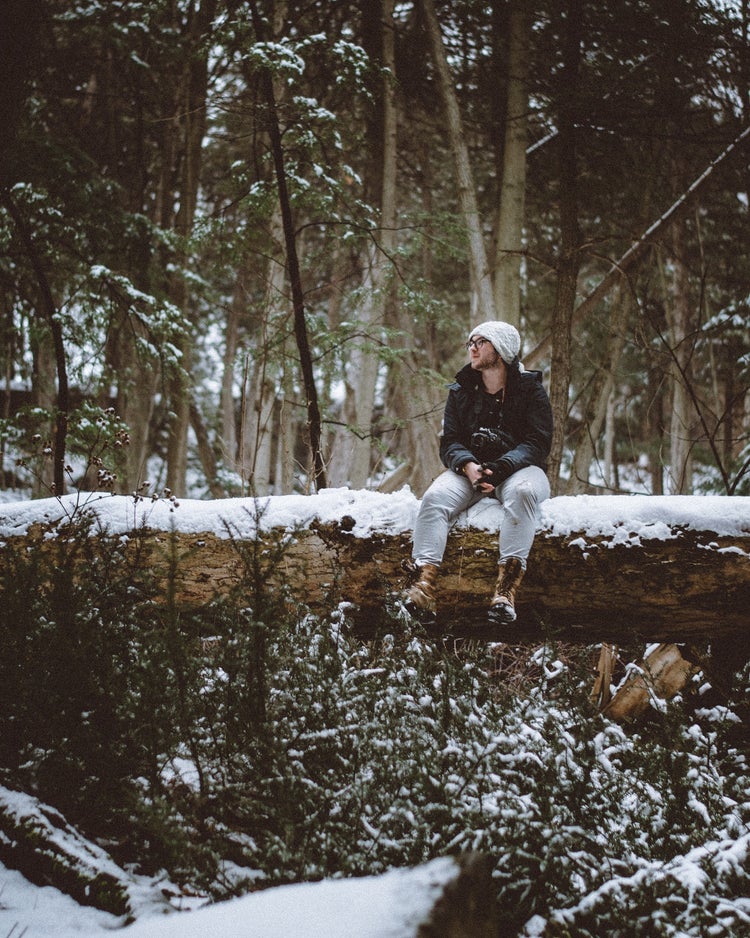
Hempton can make that assertion because he’s experienced this issue in his work. He has tracked the world’s natural soundscapes for more than 35 years, circling the globe three times. You’ve probably heard his work. It’s the lush sound of nature programs produced by National Geographic, the Discovery Channel and the Smithsonian. He recorded and produced the soundscape for the Emmy Award–winning PBS documentary “Vanishing Dawn Chorus.” There’s even a Spotify channel. He is also the subject of the documentary “Soundtracker.”
As he has traveled and recorded, Hempton started noticing a disturbing trend: It got to be harder to get to a quiet place where he could simply record the naturescape, free from the sounds of our highly connected, industrialized world.
For those of us in our own gyms in our neighborhoods, the soundscape is different—but no less important to consider when it comes to your overall health. Noise pollution has been found to throw off your heart’s rhythm and cause high blood pressure and sleep disturbance, and it also affects cognitive performance in children. Exposure to loud noises damages hearing and can lead to tinnitus, too. (See sidebar for ways to protect your hearing.)
Hearing is different in that we don’t have ear lids. You have to purposely close your ears off with earplugs or earmuffs. Animals in the wild, Hempton notes, don’t have this option.
“In sound portraits, it’s 360 degress and in excess of 1,000 square miles,” Hempton says. “Any disturbance in this area spoils this experience.”
The search for one square inch of silence
Hempton’s introduction to the sound of naturescapes happened in a cornfield in Iowa. Driving from Seattle to Madison, Wisconsin, for graduate school, he decided he needed a rest, pulled over and laid down in between two rows of corn. He says a thunderstorm rolled overhead, and he took it all in. Hempton was struck by the fact that he’d never heard a full thunderstorm before.
This was a life-changing experience. Hempton quit graduate school and pledged he would become a better listener.
Before long, he got a hold of microphones and other equipment and began recording as much as he could. This effort quickly focused on natural spaces. A decade into making these recordings, Hempton says he noticed a lot of changes. “I revisited previous pristine locations— they now had noise pollution—jets, highways, motorboats on a lake. They were far away and you couldn’t see them, but you could hear them.”
He found this noise pollution distracting for himself—and other creatures. He noticed there were different animals. The noise was causing shifts in the species present in these areas.
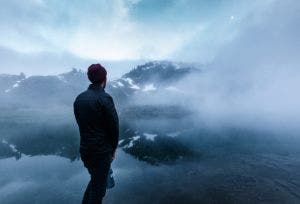
Hempton felt he needed to do something. He went to the National Park Service. The reason: Part of the mandate for NPS is to protect and manage the natural resources in their natural state, and Hempton believed this included the natural quiet and soundscape. While the NPS could control things like cars and the noise levels of people in the parks, it could not control the airspace above. That was the Federal Aviation Administration’s job.
But what Hempton heard from the FAA and NPS was that they thought he was preserving the natural soundscapes through his recordings. “But these would only be documents of what we lost,” he says. “The real mission was the live concert that went on daily.”
Hempton continued taking sound surveys, thinking he was doing a much-needed deed that no one else was tending to when he suddenly experienced profound hearing loss in 2003. “I was put out of work and put out of touch with so much of what I love—the sounds of nature, my children’s voices. I was at the edge of financial ruin and emotionally distraught,” Hempton recalls.
To make matters worse, Hempton says his head was producing a noise pollution all its own—so he had no quiet whatsoever. He spent 18 months going to doctors, and all agreed that despite how sensitive his ears were, they might actually recover on their own. And they did. This fortuitous development propelled Hempton to a bigger mission.
“I was without the total silence of nature sounds, so I felt it was my job to do for myself, my children and other people to create One Square Inch of Silence and the foundation that went with it,” Hempton says.
He found that quiet space in the Hoh Rainforest, which was near his home in Washington. It was already a biosphere reserve and a World Heritage Site. “I declared this my last stand,” Hempton says. It was to become his soundscape sanctuary.
But to protect One Square Inch of Silence, Hemption says it meant that the surrounding space also needed to be quiet. That would impact 1,000 square miles, and that covered the entire Olympic National Park, where the Hoh Rainforest is found.
Noise pollution—the invisible threat
What makes something “quiet?” The absence of noise pollution. Hempton spent the first two years hiking to the One Square Inch periodically and spending a few hours. What he found was that the noise-free periods ended with a jet or plane flying overhead. He’d record and measure the sound levels of the noise. He then searched the internet for resources to identify the aircraft, and he would write letters to the owners to get them to fly along a different path.
Hempton was successful in getting three major airlines—Alaska, American and Hawaiian—to change their flight paths and avoid the Olympic Peninsula. But in the process, he learned that the FAA saw the flight path over Olympic National Park as one of the preferred routes for northbound flights out of Seattle.
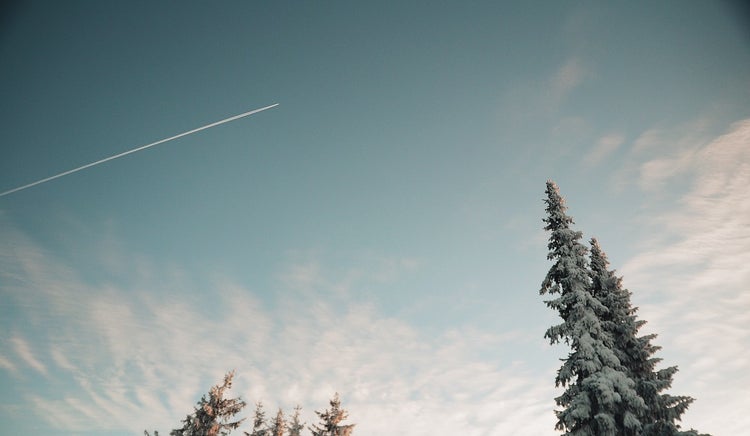
“So this was a government agency declaring one of the most noise-sensitive places as a dumping ground for their noise pollution,” Hempton says.
Still, Hempton continued recording his sound surveys. These allowed him to quantify the noise pollution. When he first declared One Square Inch of Silence, the period of quiet he’d record could be measured in hours. But by 2018—13 years into his Hoh-based project—that period had shrunk to a little over 10 minutes, by his accounting.
What Hempton had was a sonic record of the increase in noise pollution, particularly air traffic over the Olympic Peninsula. Commercial aircraft contributed, but more recently, much of the noise was because of the U.S. Navy test-flying its Growlers. Other researchers are finding similar issues in parks across the country.
“What kind of progress is that?” Hempton asks.
Preserving and protecting quiet
Frustrated, Hempton took to the woods again to think about what could be done, and he came up with an answer. The Olympic Peninsula was just one corner, and there’s a whole world of places that needed protecting. That’s how he came up with the idea of a worldwide movement in Quiet Parks International.
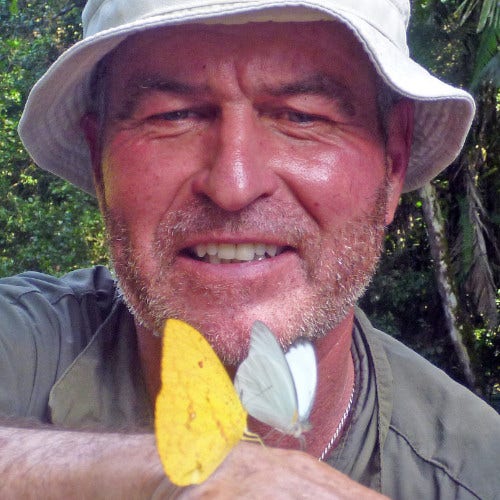
Through Quiet Parks, Hempton and an international group work to find the world’s quiet spaces and work to preserve them. The first place was declared just this year in the Zabalo River in Ecuador. The group is looking to educate communities about what makes a quiet park or city or community and how to get certified.
Through reframing the issue of finding quiet places, Hempton has built a community around a cause that has been his life’s work. He has recorded so much of the planet using his special human-head-shaped microphone, named Fritz, an off-the-shelf microphone developed to evaluate indoor acoustic performances. Hempton has evaluated the world’s acoustical performances outdoors. He can tell you just where the quiet places are.
“I’m an usher—I know where the seats are and where the choice listening positions are,” he says.
Hempton’s hoping these will be more than a memory as he once again is facing hearing loss. Doctor’s are talking to him about hearing aides. While we can listen to what Hempton has done, he thinks about the impact of noise pollution on those with hearing impairments. “It denies people access to the simple understanding of conversations,” he says.
Protect your hearing
We live in a noisier world. Whether you’re on the street, in the park or at the gym, you need to give some thought as to how you treat your ears. You might work out with earbuds and listen to music or a podcast or go to concerts or sporting events. All these things impact your hearing depending on the loudness and length of time you’re exposed. Here are some tips for protecting your hearing:
- Avoid loud noises. A noise is loud if you can’t hear people near you, if your ears hurt while the noise is going on, or if your ears ring or the sound is muffled after a noise ends. If you’re walking along a street when an ambulance, police or fire truck drives by with its siren, plug your ears—this provides some protection.
- Be careful when listening with earbuds. It’s best to keep music or podcasts at the lowest level possible for you to hear. If you have trouble hearing while, say, working out, get noise-canceling earbuds so you don’t find yourself turning up the volume to drown out outside noise.
- Protect your ears at concerts, sporting events or similar activities. It’s best to wear musicians’ earplugs during loud concerts or sporting events because the noise level and duration take a toll on hearing. Whenever possible, avoid standing near loudspeakers. Take breaks from the noise every 15 to 20 minutes. Finally, give your ears a rest from loud noise for 18 hours after a loud event.
- Check your workspace for loud noises. If your job puts you in the vicinity of loud machines or other devices, your employer should provide you with hearing protection or provide you with a quieter space for working.
- Get your hearing checked. If you suspect your hearing is going, it is best to get it checked out as soon as possible. The sooner you catch hearing loss, the more that you can do about preventing further loss or even recovering some loss.
Sources:
National Health Service – Five Ways to Prevent Hearing Loss
Centers for Disease Control and Prevention – How Do I Prevent Hearing Loss From Loud Noise?
Centers for Disease Control and Prevention – Listen Up! Protect Your Hearing
Photo credit: Kevin Ortiz, Kyle Peyton, Peter Lloyd, Michael Janek, Gordon Hempton, Unsplash